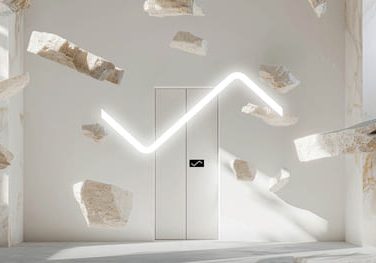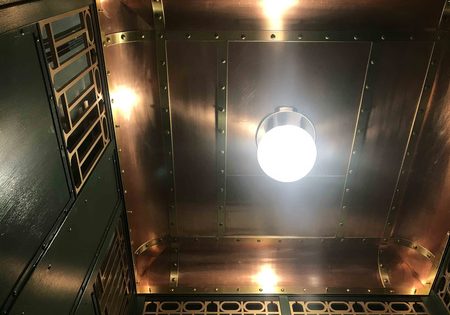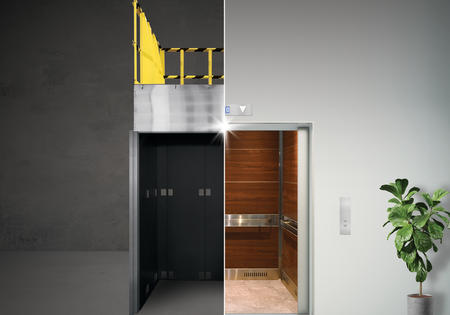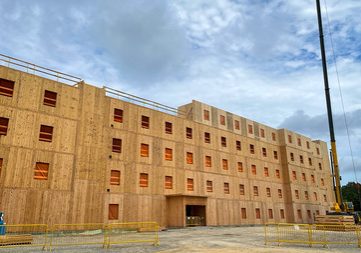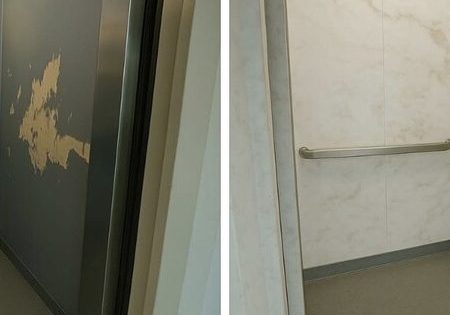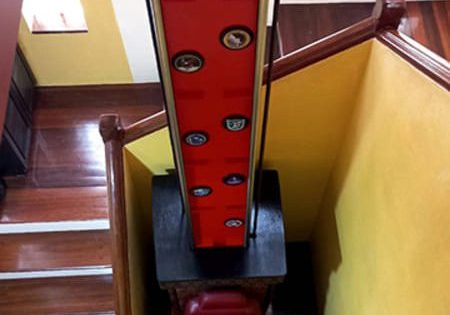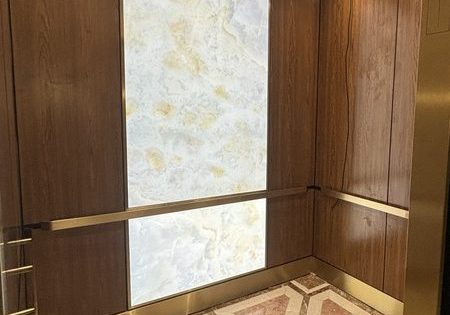Elevated Sustainability
Jul 1, 2025

Cab interior trends that could positively impact our environment
by Ivette Natacha Sanchez
The elevator industry is known for its innovation. However, introducing new materials to the elevator cab sector is challenging. Cab interior companies tend to stick with metals, glass, stone and wood panels because clients prefer these traditional materials. Yet, there is much more to explore and implement.
Imagine new materials that can clean our oceans while creating new surfaces, textures and capabilities. What if these recycled materials were cheaper and available in various colors, shapes and thicknesses? There might be a market for new cab interior materials that we have not yet considered. The elevator industry could play a role in keeping the world clean, and new sustainability projects could produce these materials in large amounts while benefiting the planet.
Rethinking Elevator Cab Designs for a Greener Future
As sustainability becomes important across industries, the elevator cab sector is also making changes. Architects, designers and manufacturers are looking into innovative, eco-friendly options that provide unique aesthetic and functional advantages. These materials can be modified to meet fire safety standards, ensuring they comply with elevator cab regulations.
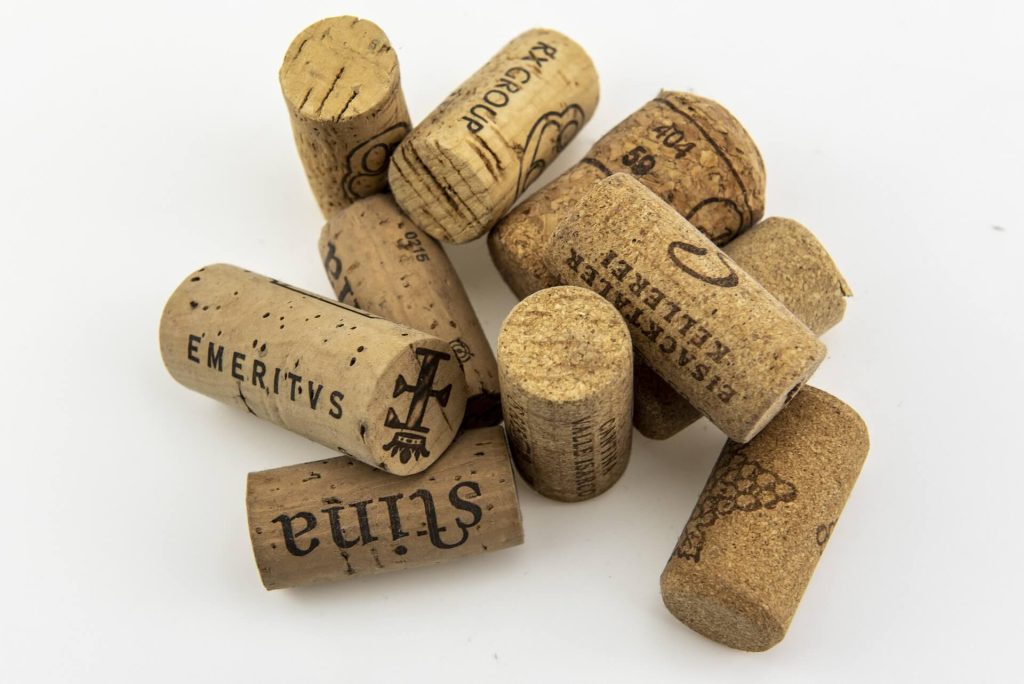
1. Cheers to Cork Panels!
Cork is sustainable, lightweight and antimicrobial. It is harvested from the bark of cork oak trees without harming them. This versatile and durable material offers natural insulation, sound absorption and mold resistance, making it suitable for elevator cab interiors. Cork contains a natural fire-retardant substance that can be enhanced through heat compression techniques to meet fire safety standards. One can envision cork vertical panels with geometric shapes and Art-Deco designs, playing with cab lighting, mirrors and shades.

2. Mushrooms Mounted on Z-Clips
Mycelium, the root structure of fungi, is grown, not manufactured. It is durable and biodegradable. Companies like Ecovative Design have developed mycelium composites for construction and furniture. Its organic texture and lightweight nature make it an appealing alternative for elevator walls. Mycelium is naturally self-extinguishing and can be reinforced with fireresistant coatings to meet safety codes. The fiber boasts a splendid, rich texture, and is an expressive-looking material that can be colored with natural dyes.

3. Recycled Ocean Plastic Panels
Ocean plastics can be collected, processed and transformed into durable, colorful panels. Companies like Bureo and Smile Plastics create striking surfaces from this reclaimed material. These panels can be made with halogen-free flame retardants or coated with mineral-based fire-resistant layers to ensure safety compliance. The colors are vibrant and unique, offering many design possibilities.
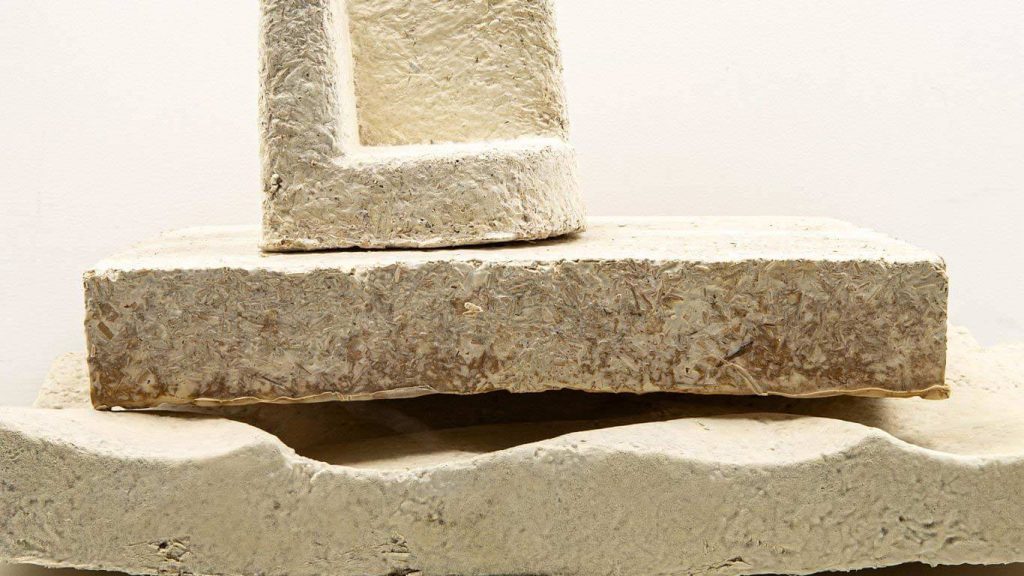
4. Seaweed Wrapped in Angles
Algae-based or sargassum panels use marine biomass for sustainable design. These bioplastics are emerging as eco-friendly alternatives to synthetic panels. They can be molded into lightweight, durable sheets for elevator walls and treated to meet fire safety standards. Organizations like Algix are exploring their large-scale applications, and sargassum panels can be produced in various rich textures.

How These Materials Can Benefit the Elevator Industry
Using these materials in elevator cab design can reduce costs and environmental impact while ensuring safety.
- Many of these materials are cheaper than traditional metals and laminates.
- Durable, fire-resistant and moisture-proof materials require less maintenance over time.
- Natural insulators like cork and mycelium can help lower heating and cooling needs in buildings.
- Utilizing recycled materials keeps waste out of landfills and oceans.
- Renewable resources like algae and cork grow quickly without deforestation.

A Sustainable and Safe Future for Elevators
As urbanization increases, so does the need for elevators. By using unconventional, eco-friendly materials that meet fire safety standards, manufacturers and designers can lower the environmental impact of elevators while improving aesthetics, durability and cost-effectiveness. The elevator industry has a chance to lead in sustainable innovation — one cab at a time.

Get more of Elevator World. Sign up for our free e-newsletter.



